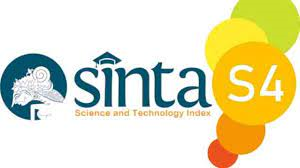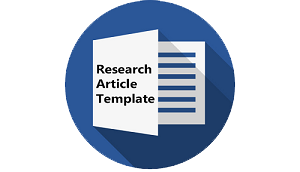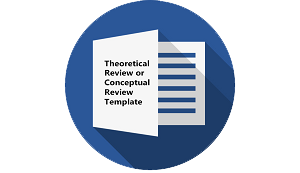INDIRECT REQUESTS BY THE EMPLOYERS IN THE HELP MOVIE
DOI:
https://doi.org/10.30957/ijoltl.v1i2.91Keywords:
women’s language, indirect request, the help.Abstract
This research aims to describe the use of indirect request in women’s language. This research used qualitative method and library research. Data were collected using grounded theories of indirect request for referents. The researcher put the theory of Indirect Requests into a movie because there would be so many conditions in the movie which can be explored by the theory. Besides, whether this theory is really being conscious or not by the masses, it is always used in daily conversation. The result of this research indicated that requests have intended meanings that are different from their literal meanings, and hearers recognize their real meaning based on the context. Using indirect request the speaker wants to be understood and the addressee wants to understand.Â
Downloads
Download data is not yet available.
Downloads
Published
2016-05-01
How to Cite
Adi, W. T., & Febrianti, M. (2016). INDIRECT REQUESTS BY THE EMPLOYERS IN THE HELP MOVIE. IJOLTL (Indonesian Journal of Language Teaching and Linguistics), 1(2), 143–158. https://doi.org/10.30957/ijoltl.v1i2.91
Issue
Section
Articles
License
Authors who publish with this journal agree to the following terms:
- Authors retain copyright and grant the journal right of first publication with the work simultaneously licensed under a Creative Commons Attribution-ShareAlike 4.0 International License that allows others to share the work with an acknowledgement of the work's authorship and initial publication in this journal.
- Authors are able to enter into separate, additional contractual arrangements for the non-exclusive distribution of the journal's published version of the work (e.g., post it to an institutional repository or publish it in a book), with an acknowledgement of its initial publication in this journal.
- Authors are permitted and encouraged to post their work online (e.g., in institutional repositories or on their website) prior to and during the submission process, as it can lead to productive exchanges, as well as earlier and greater citation of published work (See The Effect of Open Access).












